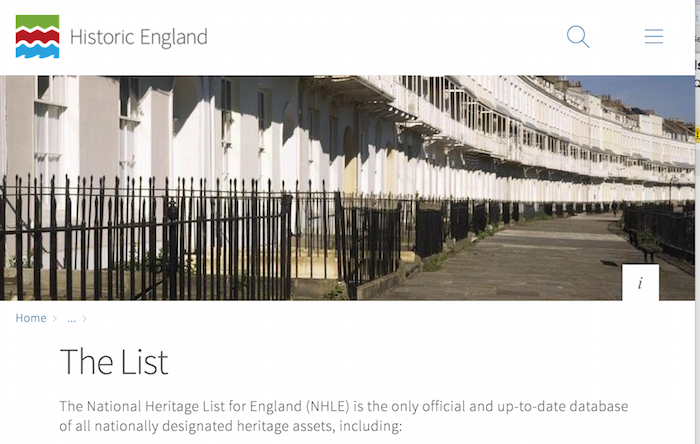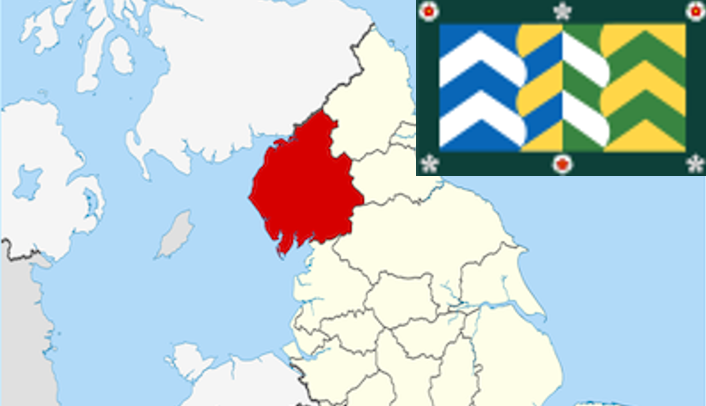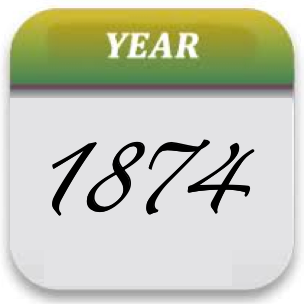Topics > Cumbria > Seathwaite, South Lakeland > Church of the Holy Trinity, Seathwaite
Church of the Holy Trinity, Seathwaite
Holy Trinity Church is in the village of Seathwaite, Cumbria, England. It is an active Anglican parish church in the deanery of Furness, the archdeaconry of Westmorland and Furness, and the diocese of Carlisle. Its benefice is united with those of four other local parishes. The church is recorded in the National Heritage List for England as a designated Grade II listed building.
History
The church was built in 1874 to a design by the Lancaster partnership of Paley and Austin. Holy Trinity was built on the site of an earlier church. For 67 years the curate of that church had been Robert Walker, who was made famous by the poet William Wordsworth. Wordsworth called him "Wonderful Walker", and made reference to him in his Duddon Sonnets and in the poem The Excursion. It was paid for mainly by the industrialist H. W. Schneider.
Architecture
Exterior
Holy Trinity is constructed in coursed slate rubble and has a slate roof. Its plan consists of a nave and chancel in one range, with an organ loft and vestry to the north, and a south porch. At the west end is a gabled bellcote. All the windows are lancets. There are wide buttresses externally between the nave and the chancel. A stone is attached to the porch incorporating a sundial; this had formerly been the shearing stool of Walker.
Interior
Inside the church is a stoup with a trefoil arcade. Painted on the wall of the chancel are the Ten Commandments. Also in the church is a brass. This had formerly been on a gravestone; it is to the memory of Walker, who died in 1802, and his wife, Anne, who had died two years previously. The stained glass, dating from 1897, is by Kempe. The two-manual organ was built in 1902 by Young.
Visit the page: Holy Trinity Church, Seathwaite for references and further details. You can contribute to this article on Wikipedia.

from https://historicengland.org.u…
CHURCH OF HOLY TRINITY - Seathwaite - List Entry
- "Church. 1874. Money given by H.W. Schneider. Coursed slate rubble with slate roof. Single vessel nave and chancel with north organ loft and vestry. South elevation has 4 plain unchamfered …
Added by
Simon Cotterill

from https://www.sankeyphotoarchiv…
Seathwaite Church
- 1960s, Photo of photo. Looking north up the road past some cottages to Seathwaite Church. Peel Crag above the church. Image from the Sankey Family Photograph Collection (c/o Cumbria Archives), …
Added by
Simon Cotterill


from https://historicengland.org.u…
CHURCH OF HOLY TRINITY - Seathwaite - List Entry
- "Church. 1874. Money given by H.W. Schneider. Coursed slate rubble with slate roof. Single vessel nave and chancel with north organ loft and vestry. South elevation has 4 plain unchamfered …
Added by
Simon Cotterill

from https://www.sankeyphotoarchiv…
Seathwaite Church
- 1960s, Photo of photo. Looking north up the road past some cottages to Seathwaite Church. Peel Crag above the church. Image from the Sankey Family Photograph Collection (c/o Cumbria Archives), …
Added by
Simon Cotterill
List grade: 2
County: Cumbria
Wikipedia: Holy Trinity Church…
Grid ref: SD2290496137




















